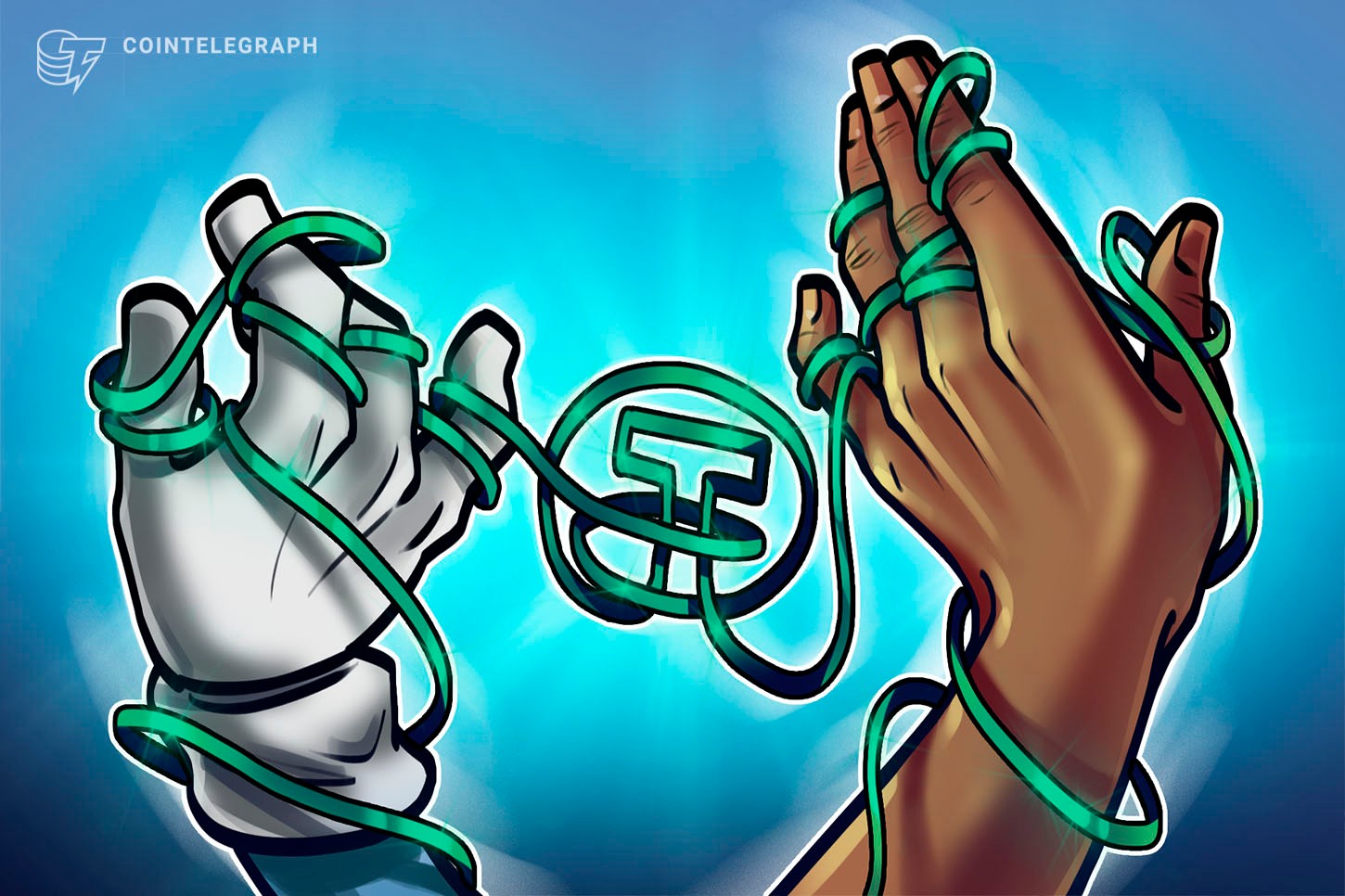Just four men controlled 86% of stablecoin issuer Tether Holdings Limited as of 2018, according to documents obtained by The Wall Street Journal in connection with United States authorities investigations.
Probes by the New York Attorney General’s office and the Commodity Futures Trading Commission into Tether Holdings in 2021 exposed its previously unknown ownership structure. The company is the issuer of Tether (USDT), the world’s largest stablecoin with $68 billion in circulation, according to CoinMarketCap.
According to the documents, Tether was built by the joint efforts of ex-plastic surgeon Giancarlo Devasini and former child actor and crypto entrepreneur Brock Pierce. In September 2014, Tether Holdings was incorporated in the British Virgin Islands.
Four years later, Pierce had left the company and Devasini owned about 43% of Tether. Devasini also helped to build the crypto exchange Bitfinex, where he is currently the chief financial officer. Bitfinex CEO Jean-Louis van Der Velde and chief counsel Stuart Hoegner each owned roughly 15% of Tether in 2018, according to documents.
The fourth-largest shareholder in Tether as of 2018 was a dual citizen known as Christopher Harborne in the United Kingdom and Chakrit Sakunkrit in Thailand, who owned 13%.
Through their own holdings and another related company, the four men controlled approximately 86% of Tether, the report said.
Tether chief technology officer Paolo Ardoino tweeted that the Journal’s piece was a “clown article” that would boost the company's growth:
The more clown articles the more tether grows. People understand that Tether is standing for freedom and inclusion. This is upsetting MSM.
— Paolo Ardoino (@paoloardoino) February 2, 2023
Eventually holepunch will break media as well.
According to a spokesperson for Tether, Ardoino’s posts were the company’s official response to the article. In November, another article claimed that Tether could be deemed “technically insolvent” if its assets fell 0.3%. The company labeled that article “false information."
Tether to WSJ pic.twitter.com/ESGblkrO7b
— Paolo Ardoino (@paoloardoino) February 2, 2023
A settlement between Tether and the New York Attorney General’s office was reached in 2021 after the company allegedly misrepresented the amount of fiat collateral backing its stablecoin. In addition to paying $18.5 million in damages to the state of New York, the company was required to submit periodic disclosures of its reserves, Cointelegraph reported.


